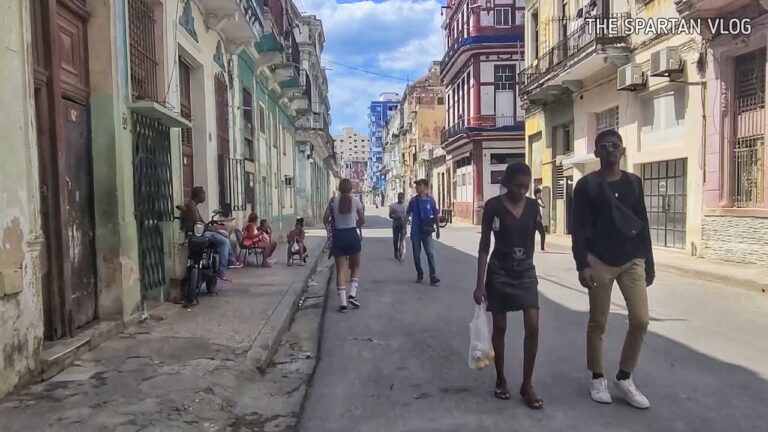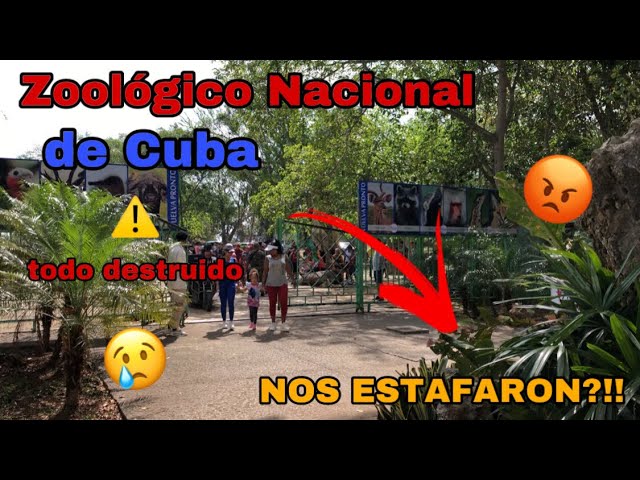Every year, the seasonal rains flood the Zapata swamp.
The inland lagoons multiply and the birds arrive to nest, the migratory species joining the local ones.
This is a time of abundance, and the mangrove forest comes to life with the movement of the many different species searching for food. Humming birds and orioles fly among the flowers looking for nectars and insects, while in the open, recently-flooded areas, there is a veritable explosion of life.
Millions of small invertebrates proliferate among the floating vegetation. The larvae attract the fish, and these the egrets, cormorants and storks.
With the rains, in the water millions of mosquitoes are born. But the majority of them never reach adulthood, as they are trapped by the specialists walking across the water-lilies and aquatic plants.
The long toes of the jacanas enable them to reach anywhere where there is a floating plant. Light and precise, they lift up the vegetation and catch the invertebrates that live below.
The American purple gallinule also uses this same technique, though in this case instead of an invertebrate it is going to find a surprise.
With the increase in available fish, the double-crested cormorants get ready to breed. These cormorants are normally migratory, but the subspecies floridanus, which lives in southern Florida and the Cuban archipelago, has become sedentary, perhaps because of the year-round abundance of the mangrove forests.
During the mating season, the double-crested cormorants gather in colonies which can contain thousands of couples, and build their nests on the ground or in the branches of the different trees of the swamp.
he need to find a mate, and the concentration of so many cormorants in the areas chosen to build the nests mean there are sometimes fights between neighbours, but these never go further than frantic beating of wings and a shriek or two.
On this occasion, the dispute is soon over. Their splashing around has attracted dark shadows beneath the water, and the cormorants have learnt to respect the sharks that swim into the estuaries.
A manatee is exploring the newly-flooded areas in search of weeds and pasture to calm its insatiable appetite.
Propelled forward by its rear extremities converted into a wide, flat fin, the manatee advances, escorted by a permanent army of fish that feed on the sediment stirred up by the mammal, and the algae and parasites that cover its body.
Every day, a manatee must eat vegetable matter equivalent to one tenth its body weight, that is, between 40 and 70 kilos, the equivalent of eating 200 lettuces a day.
Its incessant feeding activity is good for the mangrove forest because it clears the water channels, which otherwise would be overrun by vegetation in just a few months.
These peaceful sirenias spend their lives in the water, periodically coming out to breathe. It was during one of these pauses for breath that in 1492 Christopher Columbus spotted them – the first ever mention of the species – and confused them with the mermaids described by Herodotus. Today, the mermaids are disappearing. In the entire West Indies, including Cuba, there remain no more than 2,500. And, unfortunately, each year this number falls further.
The Cuban mangrove forest is still an unknown world concealing biological mysteries and treasures which will astonish the world; a forgotten paradise ruled over by an impenetrable hell of marshy labyrinths, myriads of mosquitoes and dangerous crocodiles.
Science has not yet studied the complexity of its creatures and the balance of its ecosystems. And that is part of the charm of the Cuban mangrove forest, knowing that it remains exactly as it always has been, impenetrable, solitary, virgin. It is such a complex world that virtually nothing is known about it. And nonetheless, all its strength and complexity, all its biodiversity and richness, are due to tiny, intrepid travellers that still today, faithful to their spirit, continue to set out on anonymous journeys, crossing the sea and sowing the seeds of paradise.


![THE CARS OF CUBA [AUTOMOTIVE DOCUMENTARY]](https://www.cubansquare.com/wp-content/uploads/2017/04/THE-CARS-OF-CUBA-AUTOMOTIVE-DOCUMENTARY-768x432.jpg)






+ There are no comments
Add yours